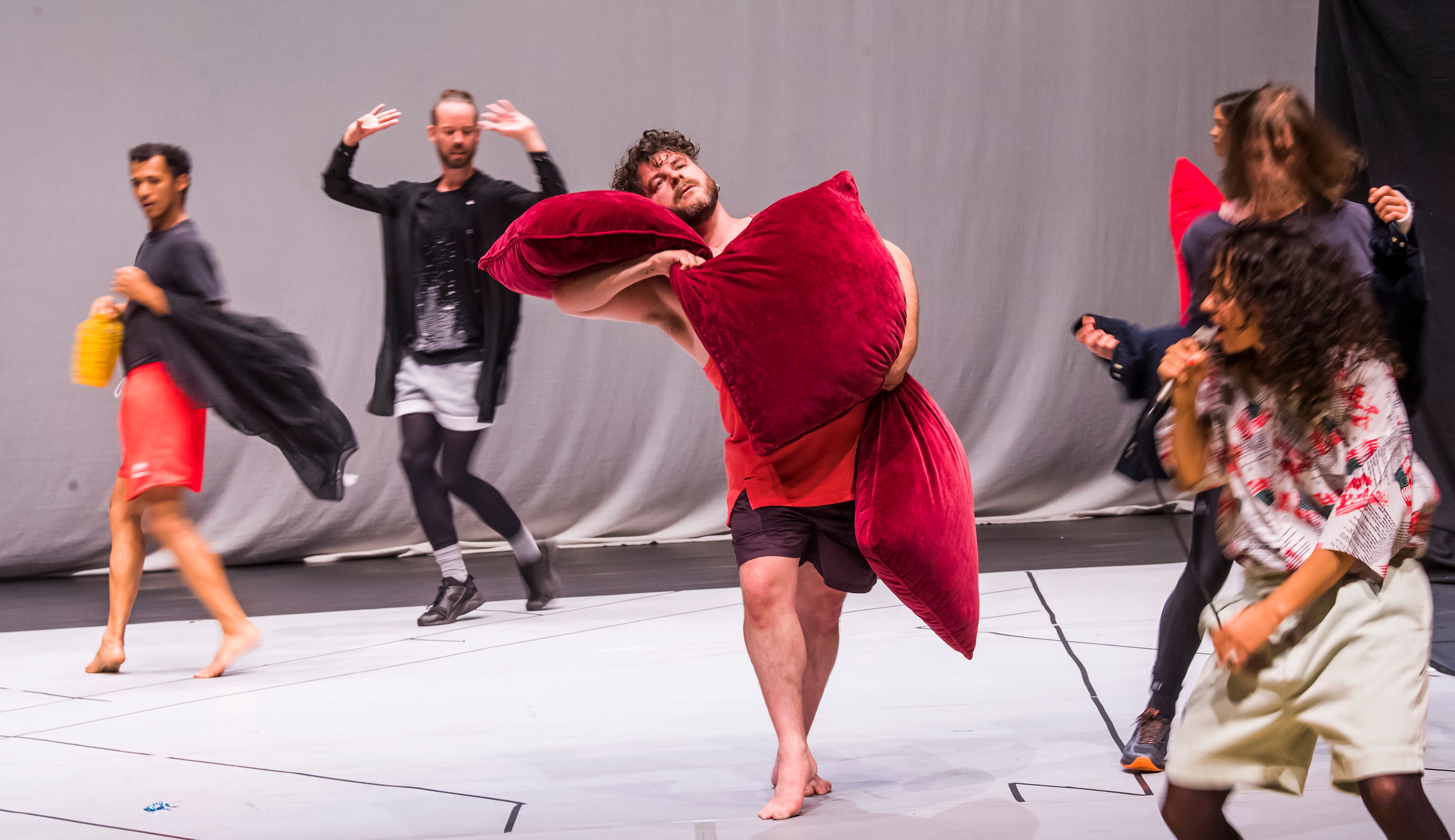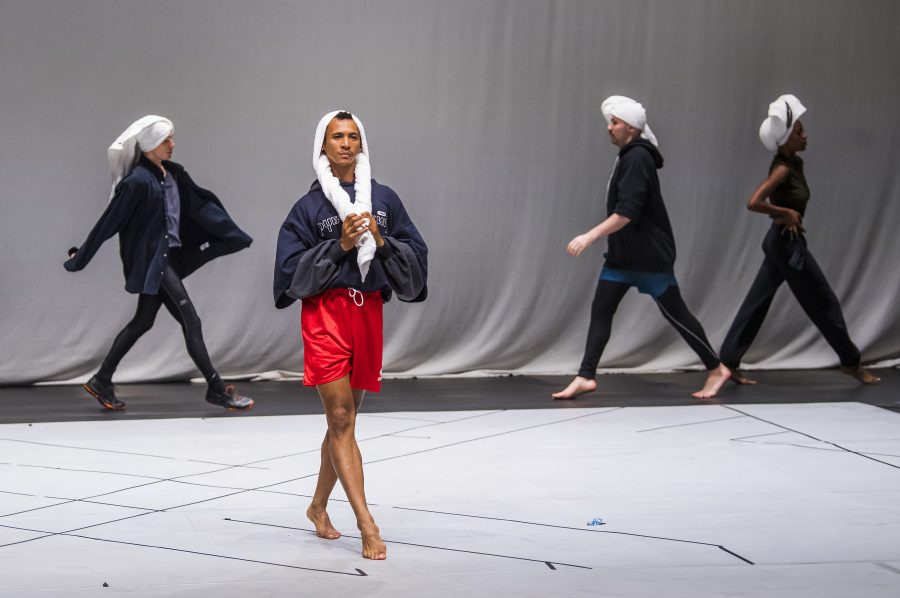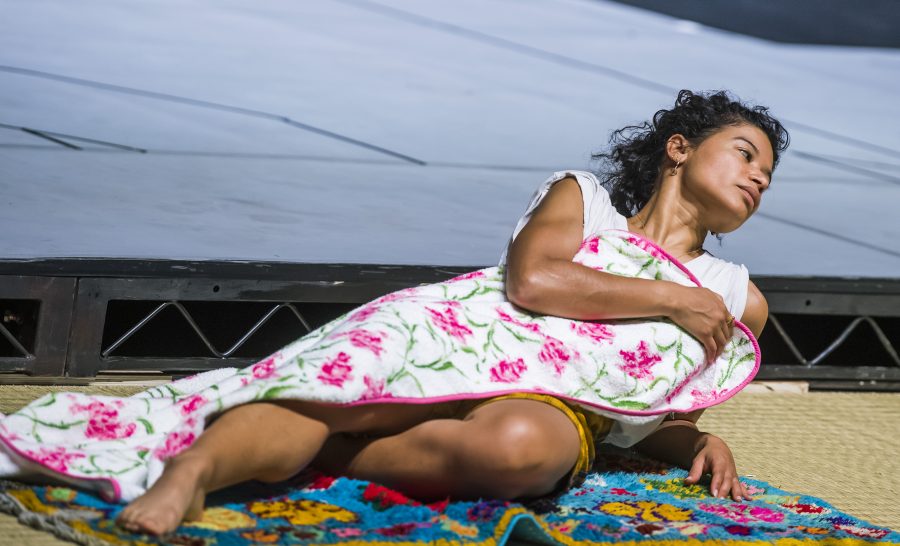‘Maggie The Cat’ at The Dancehouse, Manchester review: ‘Unintentionally comical in its absurdity’
A queer dance reinterpretation of Tennessee Williams' 'Cat On a Hot Tin Roof' is an intriguing prospect - but the execution of this zany production is sadly lacking, writes Stephen M Hornby.
By Will Stroude

Words: Stephen M Hornby
A queerly danced interpretation of Tennessee Williams’ seminal play Cat On A Hot Tin Roof. Yes. A promise to rescue 1950s Southern plantation belle Maggie, the play’s titular “cat”, from her sexless marriage and throw her sass and sexuality on to the catwalk. Yes.
I’m picturing Elizabeth Taylor at her most gorgeous lifted from the iconic film of the play and upcycled as a New York fashion house diva. Yes. This is the kind of experimental transmedia fusion that the Manchester International Festival, where Maggie The Cat is world premiering, is made for. But this experiment offers uncertain and incoherent results at best.
MIF has commissioned American choreographer Trajal Harrell to create a trilogy, titled Porca Miseria, exploring women who have battled to gain or retain power in tricky times, of which Maggie The Cat is the first. The claims the piece makes for itself in addition to its own brilliance is that “It’s challenging, tragic, entertaining – and ultimately joyous.” In fact, is devoid of any strong emotional pulls and barely connects to the play it claims to appropriate.

The body of the show is an ensemble of dancers who catwalk on and off, wearing sofa cushions, towels and other scraps of household debris. An eclectic soundtrack plays, stalls, stops and jumps, all for no discernible reason without any clear symbolic significance. Is this a parody of couture culture? It a weak one, if that is the intention.
The set is simply a low platform painted with some lines on and two black screens on each upstage corner, behind which dancers can barely conceal their changes. This almost bare stage is floodlight. There is one lighting change in the whole show. It’s a mystery how someone could be credited with having “designed” the lighting, but the blame for disarming the piece in this way sits with Stéfane Perraud.
Harrell stays off the catwalk, dons a dress and declares he is Big Momma, whilst Perle Palombe dresses in thick layers of shorts and announces that she is Big Daddy. Palombe’s contribution is to repeat “Maggie. Maggie. Maggie” into a microphone and breathlessly rasp “Pussy” occasionally like a hormonal teenage boy excited by the mere mouthing of the words. The combined effect is unintentionally comical in its absurd reduction of a beautifully-written play.

Within the ensemble dancers was some really exciting talent. The opening sequence of each dancer embodying Maggie’s resilience, ambition and sparkle demonstrates this and is the most successful part of the show; an initial idea that fails to develop very much. Harrell’s claims to liberating the black plantation staff, mostly off-stage in the original play, and offering then centre-stage is confused and hard to read into what actually happens in the show.
Maggie The Cat is a much better pitch than it is a performance. It fell well short of its self-proclamation as a ‘dazzling and provocative fusion’. It barely raised a spark and the only thing it provoked is confusion at its under-thought, underworked, underwhelming state.
